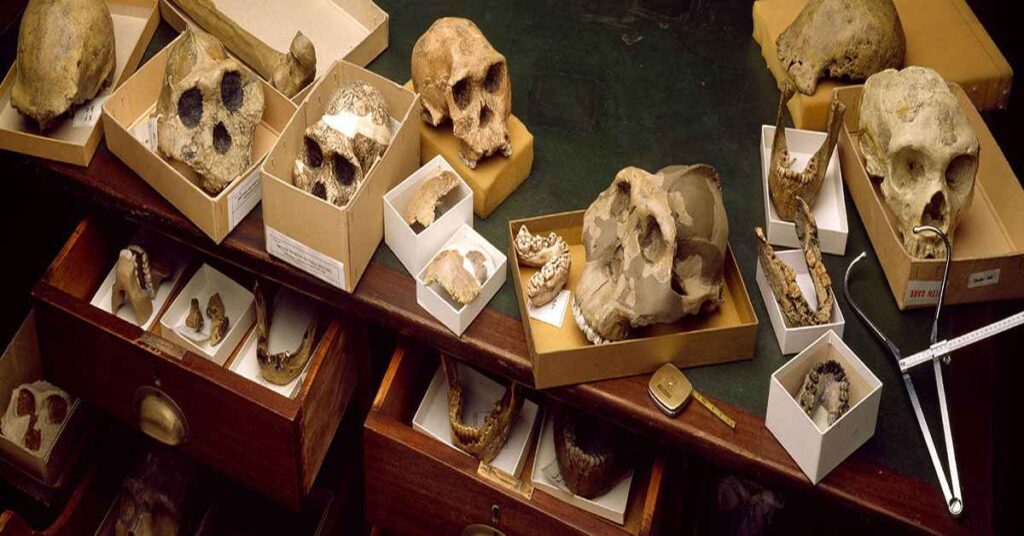Introduction
Fossils and ancient DNA paint a vibrant picture of human origins – The scientist Charles darwin explained that our ancestors came from Africa, and the African apes such as gorillas and chimpanzees are similar to humans. In 1925, dart magazine introduced the child tang to the world. He explained that the fossil is an ape-like no other, with clear human features, as well as a dead face and rather small canines.
The foramen magnum, the profound opening through which the spinal line leaves the head, was embedded directly below the skull, suggesting that the child had an upright posture and walked on two legs. He also concluded that the apes are between living anthropoids and man. The link between other primates and man is called a fossil. Also known as the southern ape of Africa.


Origin of our species
In 1980, human palaeontology resolved itself into two areas. On one side the earliest hominids, modern humans came from someplace in Africa. The opposite side expected a more boundless beginning in Africa, Asia, and Europe. During that very decade, the ascent of researchers depended on hereditary qualities to concentrate on human starting points. But in the late 1990s, geneticists pulled off a feat straight out of science fiction.
Deciphering the DNA preserved in hominid fossils. Palaeontology says ancient DNA was like a scientist who got a new telescope that sees deep space with a new wavelength of light.
Arriving of homo sapiens
Homo sapiens are essential for a gathering called primates. Homo sapiens or modern humans are the only human species today. Years ago, somewhere in Africa, our characteristic slender skeletons and large heads were visible. According to the morphological characteristics of DNA, for example, our brain size has decreased.
Genetically we are not 100% homo sapiens, but non-African humans have 2% neanderthal DNA and we are also known to have crossed paths with at least one other. Quite a while back Denisovan’s present-day people spread far compasses of the globe and created innovations and culture.
Evolution
Scientists have several theories about why early hominids evolved. The aridity hypothesis suggests that early hominids were better adapted to dry climates and evolved as the dry savannah region of Africa expanded. Savannah hypothesis tree-dwelling hominids may have been pushed out of their homes as environmental changes caused the forest region to shrink.
Homo habilis increases brain capacity by up to 2.3 million species of hominids that also migrate to Africa and Eurasia. Inability to cope with food competition, climate change, and volcanic eruptions some species did not survive.
Conclusion
Genetic and fossil disclosure have painted a more complex picture of the human being. Palaeontology has moved beyond both the multiregional and simple Africa scenarios. Many scientists conclude that great apes belong to the family of hominids. Over 7 million years ago fossil finds that many hominine species have lived. Early hominids show signs of upright walking, heavy chewing, and brain size which began to increase in homo species.
